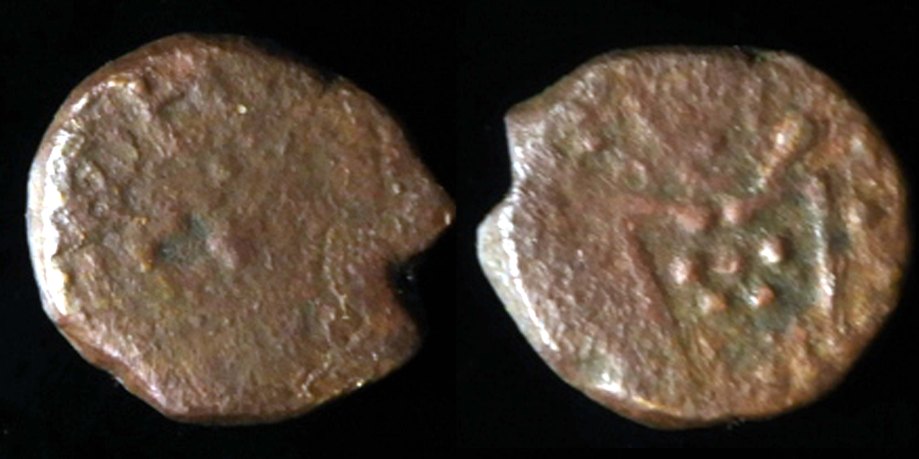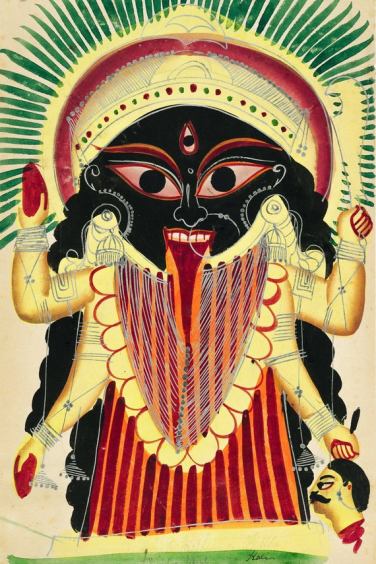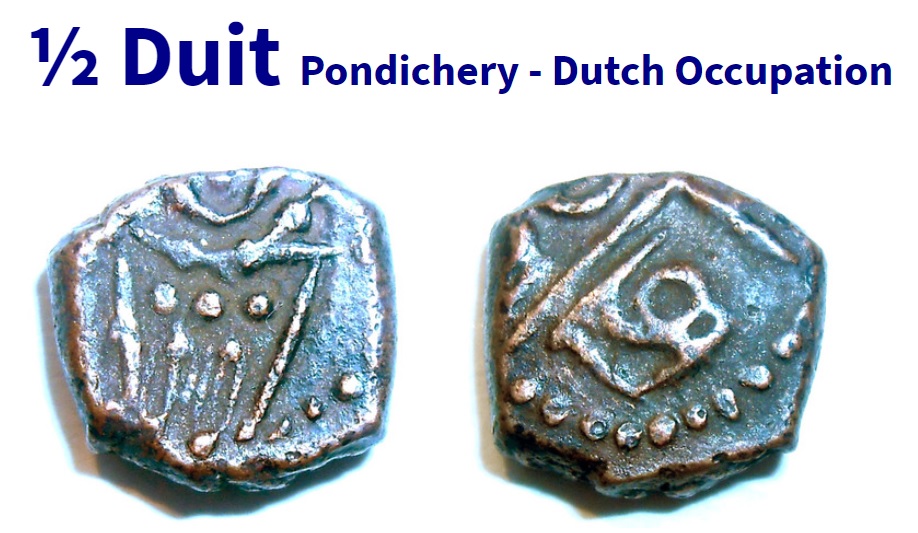Pondicherry, now Puducherry, was the headquarters of French occupied India. The French had left India but the architectural and other tangible heritages of the French colonies in India are well maintained. It may be Chandernagore or Puducherry. Interestingly, the current city plan of Puducherry is not an example of the landscape architecture of the French. Now I will tell you the story of Dutch who are behind the landscape architectural plan of Pondicherry.

Start it from 1674. The French East India Company set up their trading base at the eastern coast of south India and gradually it became the headquarters of French India and French East Indies.
The Dutch occupied Pudhucherry (transcript from Tamil to Roman alphabets) from the French rulers on 7th September 1693 and tried their best to drive out the Indians to make the colony completely white. They also signed a treaty with Raja Ram, the local ruler of Senji and increased their territory both in the north and in the south. They repaired all the French architects and made a draft in the year 1694 to make roads orthogonal from irregular and serpent shapes immediately. They sent the related documents to The Hague to showcase it. They implemented it without delay. The bases of houses became block shaped. Not only that, the Dutch turned Poedechery (as they spelt) a manufacturing hub from business place. So Poedechery became ‘developed’ soon.
The Dutch also issued coins in Poedechery. The coins featured Hindu Goddess Kali or Kalika but in crude form. The undated coins were issued in between 1694 to 1699. I would like to coin a new word: Dutch occupied French India. The coin shown here is an example of Dutch occupied French Indian coin. The value of the coin is ½ Duit or 1 Cache or 1/160 Rupee. The 9mm bronze coin weights 1.6 gram. Look at the portrait of Goddess Kali, I was amazed to see the lines used to mint Goddess Kali in almost orthogonal!
As a result of the Treaty of Ryswick, the colony was handed over to the French in the month of March 1699. The treaty was signed in between France, Dutch Republic, England, Spain and the Holy Roman Empire. The reason of the treaty was interesting. One line will be enough to understand it: England spent 80% of their revenue to maintain its force.

Come to Bengal. Hugli-Chinsura was the base of Dutch in Bengal. Like other Europeans, the Dutch also hired local artists to decorate their homes. The artists usually painted the portraits of the families who hired them. The style was named as Dutch School of Art, French School of Art and Company School of Art. Company means British East India Company. After 1854, all the types were renamed as Bengal School of Art. An art school was established by the British in Calcutta, the seat of British East India Company, in the year 1854.

In Bengal, there was fear of dacoits. They used to sacrifice human beings sometimes to offer goddess Kali. To keep themselves safe from the dacoits, prayer of Kali started in various communities, some households also started to perform Kali Puja. Goddess Kali tops in the list of Dashamahavidya, the ten forms of Kalika for 10 kinds of special wisdom mainly related to Tantra. So Kali was one of the most influential goddess at that time. She is still worshipped in all the Saturdays in Vaishakha and Jaisthya (the first two months of Shaka era), in Dipanwita (new moon in the month of Kartika) and in winter time (new moon in the month of Pausha). Dipanwita is celebrated as Diwali in India and also outside India.
Some beautiful portraits of goddess Kali was sketched and painted throughout the time. Some of them were auctioned even in Sotheby; some of them are kept in personal collections. Various museums in Europe also house some of them and Victoria Memorial Hall in Kolkata (formerly known as Calcutta) also houses Kali belonging to that school.
I was amazed when I saw that the Dutch were influenced by Goddess Kali and they attributed coin to her. How they got the design? I saw many coins from the same region of different issuer bear the same image (crude) of Goddess Kali. It might influence the European issuer to use crude portrait of Kali on their coin.
The coin shown here is from my collection.

2 thoughts on “Dutch city plan in French Pondicherry and Goddess Kali”